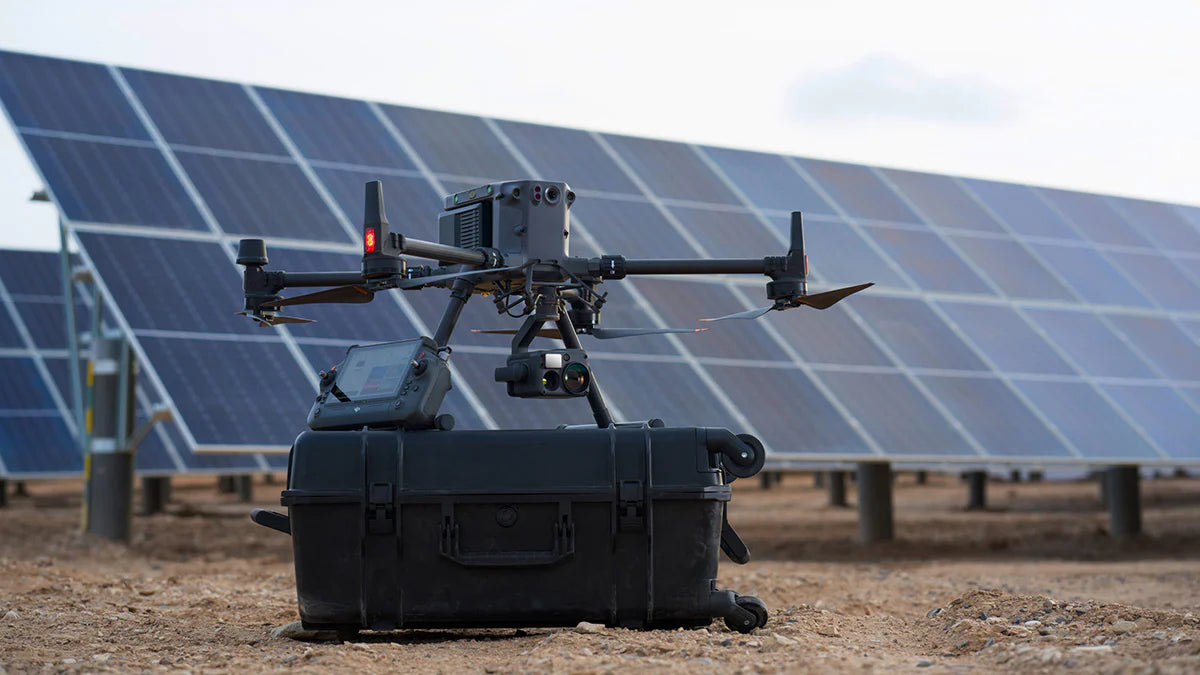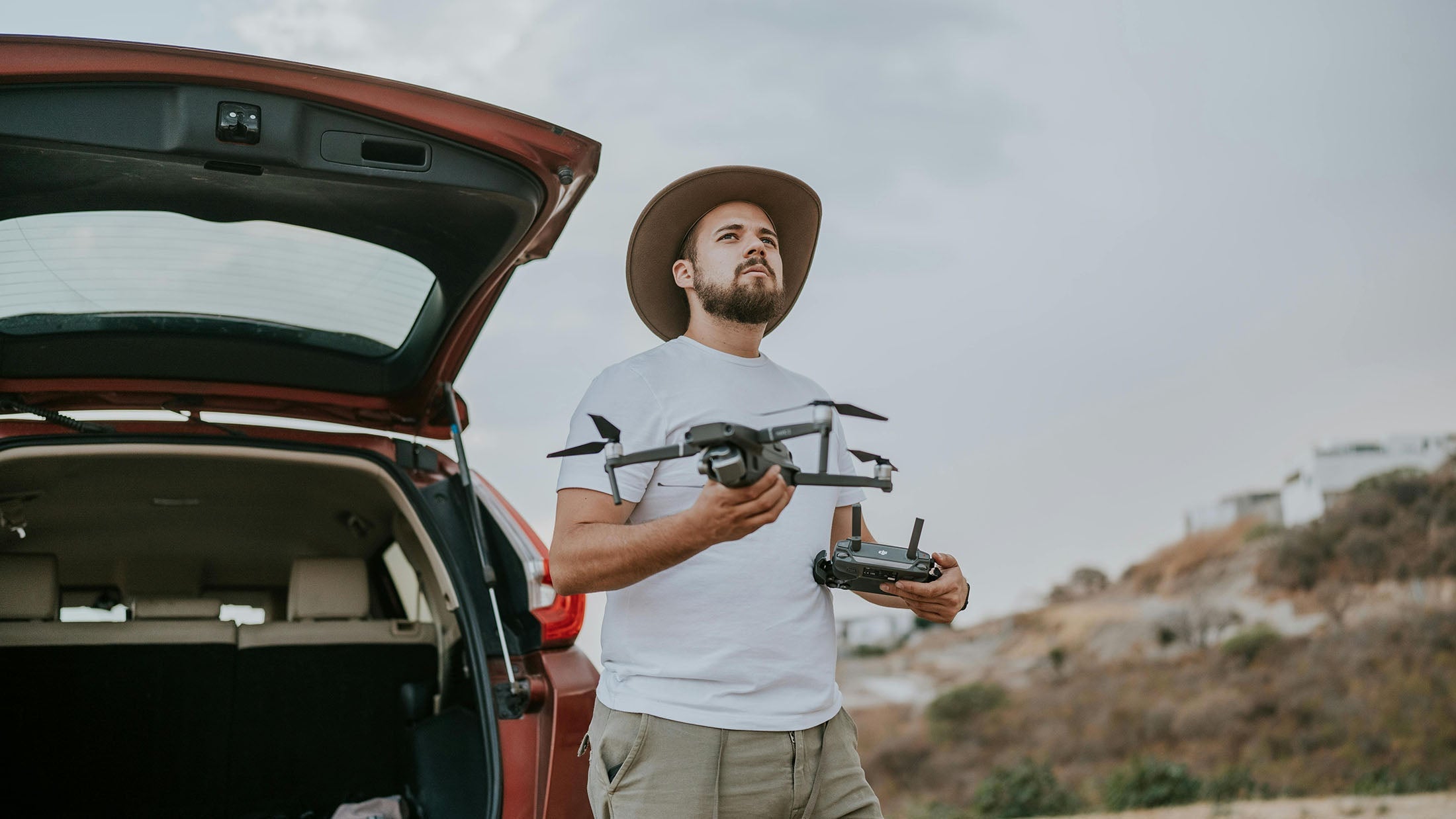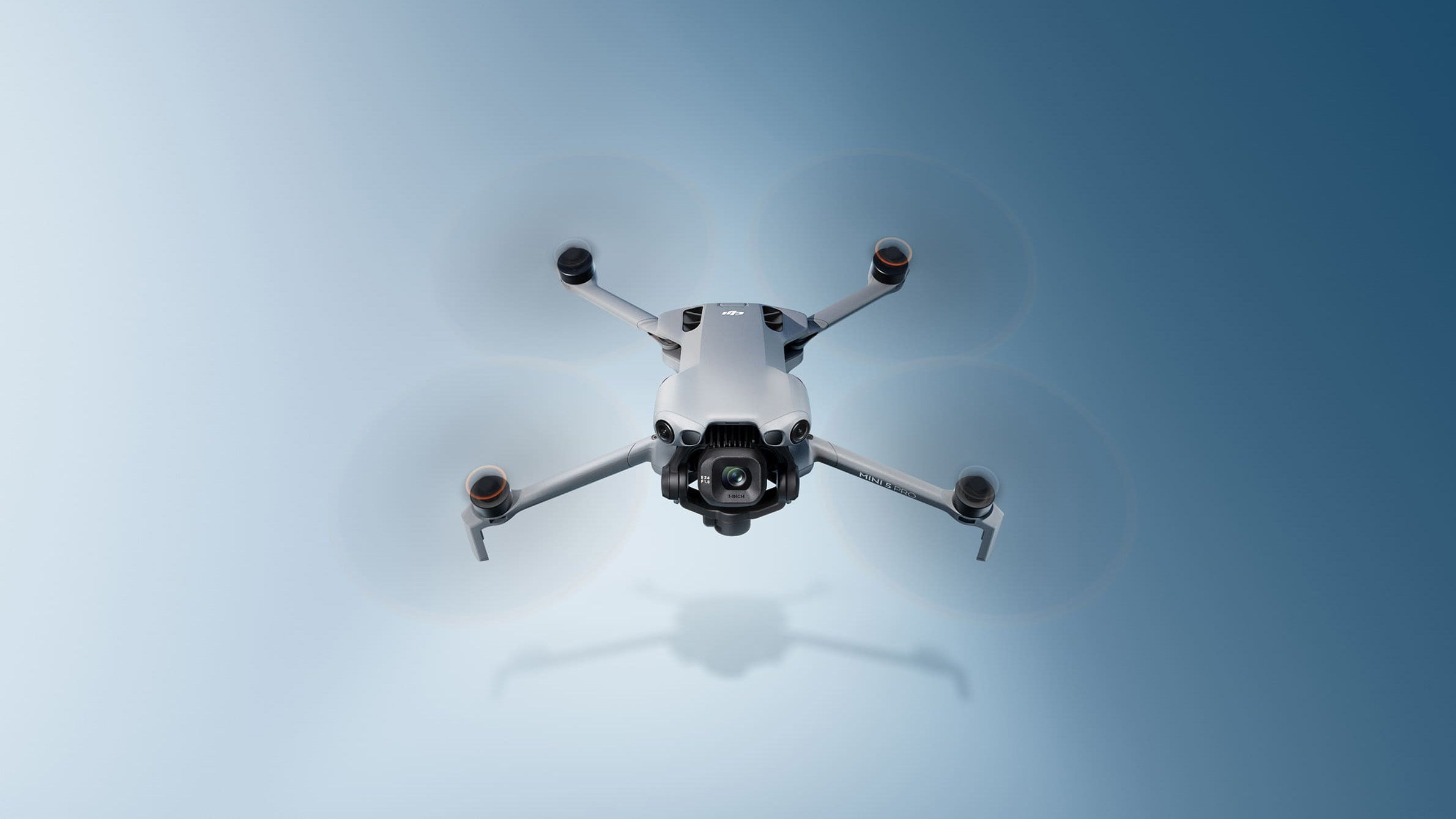Drones are increasingly being used to carry out inspections. From the air, an inspection can be carried out quickly and easily. It can bring many benefits to a business to use drones for inspections. Read in this blog which inspections you can use a drone for and which drones are suitable for business use.
What inspections can you use a drone for?
You can use a drone for inspections in various locations and for various purposes. Common inspections with drones are:
- Solar panels
- Wind turbines
- High voltage pylons
- Buildings (real estate)
- Bridges and roads (infrastructure)
- Rigs and ships
- Washed
A camera on a drone allows you to perform a visual inspection. You can equip a drone with different cameras. This gives you more inspection options.

Some examples of commonly used cameras are:
- Zoom camera / Telephoto lens
- Thermal camera
- Multispectral camera
Zoom camera / Telephoto lens
A zoom camera allows visual inspections to be carried out. It can be zoomed in on the subject, providing a close-up view of the subject.
Thermal camera
A drone with a thermal camera can detect heat. A drone with a thermal camera can be used to search and analyse heat sources from above. Heat sources can be people and animals, but also fire, leakage or solar panels.
Multispectral camera
A drone with a multispectral camera can be used to analyse crop problems (early on). A multispectral camera sees Near-infraread (NIR). Green crop reflects light. The more NIR that is reflected back, the healthier the leaf is.
What are the benefits of carrying out inspections with a drone?
With a drone, you can easily inspect hard-to-reach locations. Where previously a crane, helicopter or even a satellite had to be deployed, you can now use a drone.
A drone is compact and light, making it easy to transport. Within seconds, a drone can take off and record. This saves time, especially since the drone can capture large areas in a short time. Workers no longer have to work at heights or in hard-to-reach locations. The risk of accidents is reduced.
Driving a drone is relatively easy. With the necessary practice and training, anyone can carry out an inspection with a drone.
Which drones are suitable for performing drone inspections?
Which drone is suitable for performing a drone inspection depends on the type of inspection. Each drone has different specifications suitable for a specific inspection or different types of inspections.

In addition, there are different brands of drones on the market. We recommend drones from DJI because of their quality and user-friendliness.
Professional drones that can be used for drone inspections are:
- DJI Mavic 3 Enterprise
(Visual inspections and 2D/3D mapping) - DJI Mavic 3 Thermal
(Thermal inspections) - DJI Mavic 3 Multispectral
(Crop analysis) - DJI Matrice 30(T)
(Visual and thermal inspections; 2D/3D mapping; fixed payload) - DJI Matrice 350 RTK
(Visual and thermal inspections; 2D/3D mapping; interchangeable and third-party payload)
In particular, the last two drones are true all-rounders and capable of delivering industrial quality.
More information on these drones?
Read all the specifications and features of the DJI Mavic 3 Professional Series and a preview of the DJI Matrice 350 RTK here. If you have any questions about which drone is best for you to purchase, feel free to contact us. We will be happy to advise and help you purchase the right drone.
What training do you need to perform drone inspections?
What training you need depends on the category, in which you will be flying. By default, you fly in the open category (uncontrolled airspace). From 250g you need certificates. We recommend getting the A1/A3 + A2 certificate by default. If you want to fly in airspace with restrictions, for example a no-fly zone, you will end up in the specific category. For this, you need at least the STS theory certificate and a practical certificate.
You will also end up in the specific category if the weight of the drone with payload is too heavy for operations in the open category.
Conducting inspections in the open category
To perform drone inspections, you need the A1/A3 + A2 certificate. You can easily obtain these by attending an online training course and taking an online exam. Once you pass, you can apply for each certificate. You are allowed to perform drone inspections with these certificates in the open category (with aircraft up to 25 kilos).
| Drone | Allowed in built-up areas? |
| C0/C1/C2 label | Yes |
| No Cx label, < 2 kilos* | Yes, until 1 January 2024 |
| C3/C4 label | No |
| No Cx label, from 2 kg | No |
* Drones between 500g and 2kg will fly in subcategory A3 from 1 January 2024: at a minimum distance of 150 metres from built environment.
Conduct inspections in the specific category
If you want to perform inspections in, for example, no-fly zones or with heavy aircraft, you will need the EASA STS theory certificate in addition to the certificates for the open category. This advanced theoretical training is online. You also need a practical certificate. With all certificates in your pocket, you as a company can apply for authorisation to fly in the specific category.





Share:
Preview: DJI Matrice 350 RTK
Drone operator registration